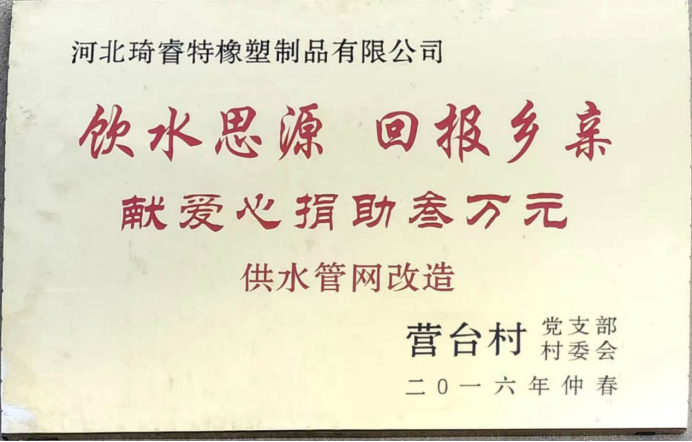Innovative Solutions for Efficient Air Conditioning Ducting and Pipe Installation Techniques
Understanding Air Conditioning Ducting Importance, Design, and Maintenance
Air conditioning plays a crucial role in maintaining comfortable indoor environments, especially during hot summer months. A significant component of any air conditioning system is the ductwork, which is responsible for distributing cool air throughout a building. Understanding air conditioning ducting and its importance can help homeowners and businesses maintain efficient and effective climate control.
What is Air Conditioning Ducting?
Air conditioning ducting refers to the system of pipes and channels that transport conditioned air from the central unit to various parts of a building. These ducts can be made from a variety of materials, including galvanized steel, aluminum, and fiberglass. Proper duct design is critical to ensuring that air flows efficiently, maintaining consistent temperatures throughout the premises.
Importance of Duct Design
The design of ducting is vital for several reasons. Firstly, well-structured ducts minimize air leaks, which can significantly reduce the efficiency of the entire system. In fact, ducts can lose 20% to 30% of air due to leaks and inadequate insulation. A well-sealed duct system ensures that the air produced by the air conditioning unit reaches the intended areas without unnecessary loss.
Secondly, proper duct design helps manage air pressure throughout the system. Air flows from high-pressure areas to low-pressure areas, and if the ductwork is poorly designed, it can create imbalances that lead to discomfort, increased energy costs, and reduced system lifespan. A qualified HVAC professional should assess and design duct systems to optimize airflow and efficiency.
Types of Air Duct Systems
air conditioning ducting pipe

There are primarily two types of duct systems used in air conditioning insulated and non-insulated. Insulated ducts are covered with a layer of insulation that prevents heat exchange with the environment, preserving the conditioned air's temperature. Non-insulated ducts may be less expensive but are more prone to energy losses.
Ducts can also be classified based on their configuration supply ducts deliver cool air, while return ducts draw warmer air back into the system to be cooled again. A balanced system, where the amount of air supplied equals the amount returned, is essential for optimal performance.
Maintenance of Ducting Systems
Regular maintenance of air conditioning ducting is essential for efficient operation and longevity. Homeowners should be aware that dust, debris, and allergens can accumulate within ducts over time, leading to decreased air quality and potential health issues. Cleaning ducts periodically can help prevent these problems.
Additionally, it is crucial to check for signs of leaks, such as uneven temperatures in different rooms, unusual noises from the system, or increased energy bills. If leaks are found, they should be promptly repaired to restore system efficiency.
Another aspect of duct maintenance includes ensuring that the insulation is intact. Damaged or worn insulation can lead to energy losses, increasing heating and cooling costs. Regular inspections by a qualified HVAC technician can help identify and address these issues before they become major problems.
Conclusion
Air conditioning ducting is a fundamental element of any HVAC system. Understanding its importance, ensuring proper design, and committing to regular maintenance can lead to energy efficiency, improved indoor air quality, and comfortable living and working environments. Whether for a home or a commercial building, investing in quality ductwork is a decision that pays off in reliability and energy savings. By prioritizing duct design and maintenance, users can enjoy the full benefits of their air conditioning systems.
-
Ultimate Spiral Protection for Hoses & CablesNewsJun.26,2025
-
The Ultimate Quick-Connect Solutions for Every NeedNewsJun.26,2025
-
SAE J1401 Brake Hose: Reliable Choice for Safe BrakingNewsJun.26,2025
-
Reliable J2064 A/C Hoses for Real-World Cooling NeedsNewsJun.26,2025
-
Heavy-Duty Sewer Jetting Hoses Built to LastNewsJun.26,2025
-
Fix Power Steering Tube Leaks Fast – Durable & Affordable SolutionNewsJun.26,2025

